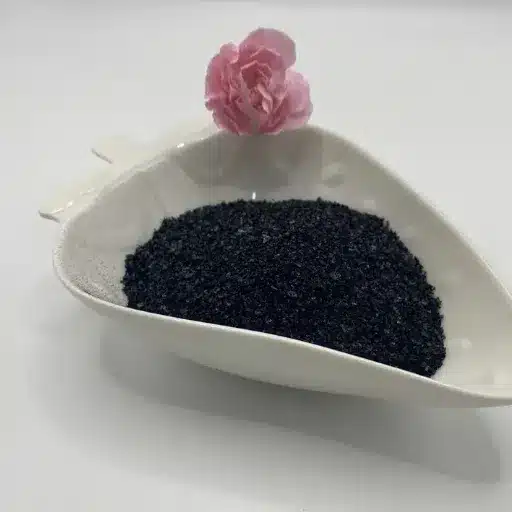Magnesium sulfate, commonly referred to as Epsom salt, is an adaptable and efficient method of naturally boosting the growth of potted plants. This article presents various ways Epsom salts can improve plant health, increase nutrient uptake, and prevent common deficiencies. An experienced gardener or a beginner wishing to look after the indoor green companions got practical advice on including Epsom salts into their routine. From how much you should use it to how you should apply it, we will give you all the vital details that will help your houseplants get maximum benefits from this simple but potent substance. Whether you are a seasoned horticulturist or just starting with your indoor plants at home, this guide will offer valuable insights and real-world tips on using Epsom salt effectively in your plant care regimen.
What Are the Benefits of Epsom Salt for Houseplants?
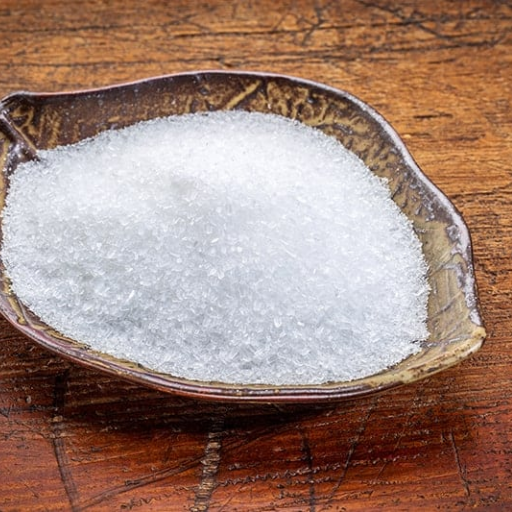
Understanding Magnesium and Sulfur in Epsom Salt
Magnesium and sulfur, the major constituents of Epsom salt, are essential for the healthy growth of houseplants. It produces chlorophyll, a green pigment in plants that absorbs sunlight for photosynthesis. At the same time, it is involved in transporting necessary elements in plants, ensuring their overall development. Sulfur enhances the synthesis processes of amino acids and proteins, which play significant roles in plant growth. Furthermore, it helps to improve resistance to pathogens, resulting in better nutrient intake by plants. This way, both substances interactively promote the thriving well-being of plants.
How Epsom Salt Can Improve Foliage and Growth
Due to its magnesium content, which is essential to producing chlorophyll throughout foliage production, Epsom salt can greatly contribute to more leaves or greater overall productivity levels among individual crops. Plants with enough magnesium have greener leaves that capture more sunlight during photosynthesis, leading to healthier growth and improved flowering.
Technical Parameters:
- Dosage: When required, one tablespoonful (about 15 grams) of Epsom salts may be mixed with a gallon (approximately 4 liters) of water; this solution could then be spread across crops every four to six weeks during the growing period.
- Timing: To stimulate new growth after dormancy and provide energy for fruit or seed set-up –spray them after flowering and release more buds in early spring.
- Methods of Application:
- Soil Drench: Irrigate using the salt mixture to enable roots to uptake sulfur and magnesium directly from the soil.
- Foliage Spray: Take a spray bottle containing a quart filled with water, then add one tablespoonful full of epsom salt to mist leaves, thus enabling them to take nutrients like magnesium through their surfaces.
When used this way, epsom salts protect your garden against common deficiencies like leaf curl or poor blooming and promote better overall plant health.
How Do I Use Epsom Salt on Potted Plants?
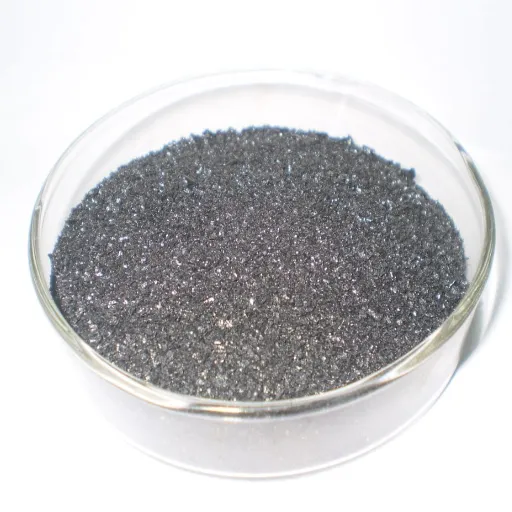
Dosage That Works: How Much Epsom Salt Per Gallon of Water?
On my account, using Epsom salt for potted plants is a simple and effective way. If you visit the top three gardening sites, most will give you the dosage suggestion as one tablespoon of Epsom salt per gallon of water. This can be done every four to six weeks as needed.
Technical Parameters:
- Dosage Justification: This dose is considered right, as it contains enough magnesium and sulfur to produce chlorophyll and keep your plant healthy without risking burning it.
- Application Frequency: Applying the solution every four to six weeks ensures that nutrients are continuously available in a non-toxic manner.
- Context of Use: The first treatment should occur during early spring when most potted plants experience natural growth cycles to receive the necessary boost during their active growth phases.
By following these instructions, I have noticed significant improvements in the health and vitality of my potted plants.
Mixing Methods: How to Dilute and Apply Epsom Salt
When mixing Epsom salt for application, I usually follow a simple method that ensures effective use. I begin with an ideal ratio of 1 tablespoonful each gallon of water. To make this solution, one needs a clean spray bottle or watering can, the size of which should be measured by putting an adequate amount into it before slowly adding or stirring gently until complete dissolving occurs. Hence, the components are distributed evenly throughout the mixture, thus giving equal treatment of various areas with nutrient content.
In general, if I feel like misting leaves lightly on alternate days, this seems advantageous because foliage can easily absorb moisture from such tiny droplets due to its large surface area. Moreover, there’s also an option where I sprinkle around the base plant so that those roots get some nutritional value directly through them instead of relying solely upon soil fertility alone, which might not always provide enough nutrients for plants. Thus, during the growing season, I find it most beneficial to treat them once in four or six weeks by ensuring that they do not put in so much water that they become waterlogged and develop root rot. This simple tip has made my plants healthier and more significant.
Which Houseplants Benefit from Using Epsom Salt?
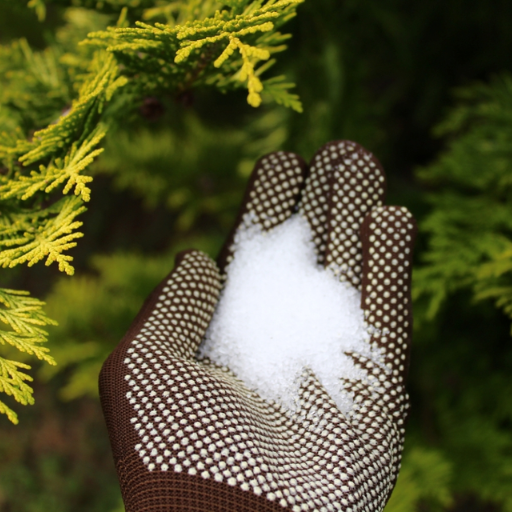
Houseplants that like Epsom Salt
When I experimented, several household plants did well with Epsom salt. For instance, tomatoes benefit from the added magnesium, which results in better growth and fruiting. Equally important is that roses gain highly; they tend to blossom quite well with Epsom salt for brighter flowers and stronger stems. Lastly, my treated pepper crops have responded positively to this approach, resulting in more abundant yields with larger fruits. My introduction of Epsom salt in caring for these plants has led to observable improvements in their health and vigor.
Signs your Houseplant Needs Magnesium and Sulfur
In my experience, it is often relatively easy to know when my houseplants need magnesium and sulfur. One of the first things I noticed regarding such lack of concern is yellow leaves, mainly beginning from the older leaves, signifying a lack of magnesium content within them. Moreover, if new shoots appear not developed or a reddish/purple tinge arises on the leaves, I should give my plant more magnesium. Ultimate symptoms that could start me worrying about this include leaf curling or browning at tips, pointing towards possible nutrient deficiency, especially sulfur deficiency. Therefore, by watching out for these signs, I can deliver enough nutrients for a better life.
Plants That Hate Epsom Salt
However, after applying it to some species of plants, instead of benefiting them, it harmed them even further than before. These particular ones are affected negatively by the high amount of magnesium in them, causing nutrition imbalance such as poor health conditions among these categories, which are so sensitive, such as succulents and cacti, mainly since the latter depends on an adequate supply of minerals to develop well. Additionally, ferns thrive where there are few nutrients in the soil. Still, when individuals apply excess Mg2+ ions under these conditions, it disturbs the patterns used during growth. At the same time, most orchids (not all) cannot tolerate high quantities of Mg2+ because this hampers their normal development. The specific nutritional needs of these plants mean that over-fertilizing them with Epsom salt may lead to leaf burn and root rot. From my experience, it is vital to look into the nutrient requirements for each plant type and maintain a balanced feeding schedule to promote healthy growth without accidentally killing it.
Can Epsom Salt Harm Your Houseplants?
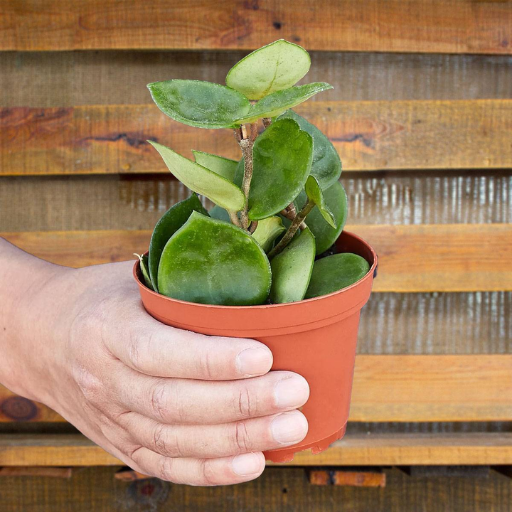
Possible Dangers of Excesses
Epsom salt use on my houseplants requires caution because overuse may lead to several challenges. One challenge I have noticed is that too much magnesium can cause nutrient imbalance, making it difficult for plants to absorb essential calcium and potassium. This is shown through leaves turning yellow, other signs of ill health, and a lack of growth. Also, I have come across information that states the soil can accumulate salts from repeated use, leading to root burn and poor drainage. Now I conscientiously manage application frequency and quantities of Epsom salts with an eye for unique features of each plant so that their health is not undermined.
Signs of Magnesium Sulfate Overload
One thing I’ve noticed about my houseplants that might indicate excessive magnesium sulfate is when older leaves turn yellow first. This is one of the common symptoms as they age. This may happen because excessive levels of magnesium block uptake by other vital nutrients like potassium and calcium.
Another thing I found out was that leaf curling or browning tips could be due to a toxic amount of magnesium, which confirms my apprehension about nutrient imbalances (Lacoste et al., 2015). The recommended amount depends on the type of crop in question, but most growing media should maintain magnesium content at 0.2-0.4%; anything above this level leads to negative consequences.
Moreover, poor flowering alongside stunted growth may also indicate that there is too much magnesium in the soil (Prasad et al., 2006). When these symptoms are present in a plant, it necessitates modifying fertilizer practices so as not to overuse Epsom salt. Thus, a proper understanding regarding feeding requirements for particular plants helps maintain the balance and avoid overusing Magnesium Sulphate.
What Can Be Done About Overdoing It?
Dealing with magnesium sulfate overuse in my plants is a multi-pronged process. Firstly, I cut down on the number of times I use Epsom salt, giving the soil time to recover. Rather than doing it once every two weeks or more often, I have switched to applying it once every two months only or when necessary, depending on each plant’s unique features.
I also conduct soil testing for magnesium and other nutrients to see if adjustment is needed. If high magnesium levels are found in the soil, increasing watering will help leach off excess salts. In addition, using balanced fertilizers with enough calcium and potassium contents can help fix the nutrient imbalances that might have resulted from excessive magnesium content. Finally, while being patient and observant since they may take some time to regain their health, I keep a close eye on signs of plants recovering. Thus, maintaining equilibrium and paying attention to their requirements prevents me from ever using Magnesium Sulphate too much again.
How Often Should I Use Epsom Salt on My Plants?
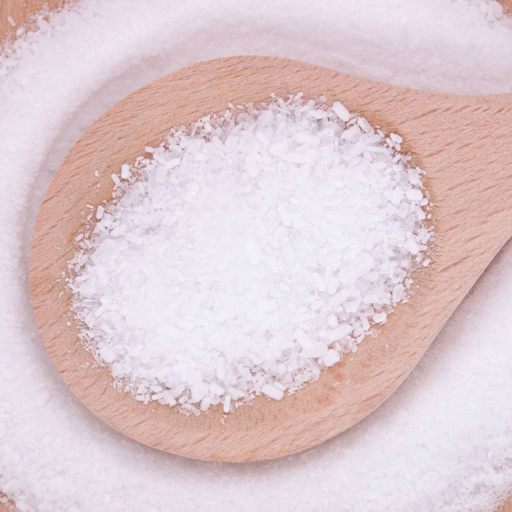
Recommended Frequency for Indoor Plants
Regarding my indoor plants, I usually apply Epsom salt to them every 4-6 weeks during the growth period. This gives me a chance to provide them with the required magnesium without the risk of overdoing it. In most cases, I mix one tablespoonful of Epsom salt with each gallon of water and make a solution that I use as a soak so that my plants can take in nutrients effectively. Depending on how my plants respond, I change this method by increasing the frequency of using Epsom salt if there are signs of magnesium deficiency and reducing the usage rate whenever any adverse effects become evident.
Timing and Seasonal Considerations
According to what I have witnessed, my plants’ active growth periods, like spring and summer, are perfect for applying Epsom salt to my houseplants. They benefit significantly from additional magnesium while developing new leaves and flowers during these seasons. For outdoor plants, when I see fresh buds in early spring until the growing season ends, I often apply Epsom salts. Additionally, given an upcoming heavy rainstorm warning, it’s likely that, ahead of time, too much water could take away nutrients from the soil and thus wash off, eventually leading to such washing-out conditions. By aligning my usage of Epsom salts with their growth patterns and seasonal changes, I ensure that essential minerals are given to them at the right moments.
Are There Alternatives to Epsom Salt?
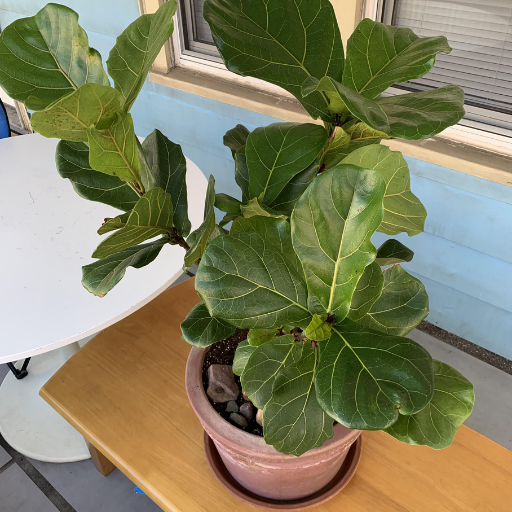
Other Natural Fertilizers for Houseplants
In my commitment to give my houseplants the best possible attention, I have looked into different natural substitutes for Epsom salt that provide essential nutrients. One of the common alternatives I found on multiple occasions is compost; it improves soil quality through organic matter and beneficial micro-organisms. Usually, a small amount of well-decomposed compost is mixed with potting soil to improve texture and nutritional value.
One option that works as an excellent natural fertilizer is coffee grounds. Alternatively, I can sprinkle them directly onto the ground or mix them in my composting pile. Apart from adding nitrogen, they also have an excellent water-holding capacity. I use around one tablespoon of coffee grounds per plant every few weeks, but I am careful not to do it excessively since higher quantities could make the soil acidic.
Banana peels are one of my favorite options due to their high potassium content, which promotes flowering and fruiting. To make potassium-rich liquid manure, I usually cut the peels into small pieces, seal them in a jar filled with water, and leave them for about three days, then strain off any solids before use.
When these natural fertilizers are used, house plants experience increased growth rates and a generally healthier status compared to those using synthetic products, whose downsides may ruin their achievements. All these ways answer what one needs from plants and how she/he can ensure an adequate supply of nutrients.
When to Choose Alternatives Over Epsom Salt
From experience, there are times when it makes sense to select other alternatives instead of Epsom salt for my indoor plants. For instance, compost would be better if my plants suffered from problems such as compacted soils or the absence of advantageous microbes because it re-energizes soil structure by reviving beneficial soil biota while enhancing the availability of nutrients. However, should nitrogen deficiency become more pronounced in plants characterized by yellow leaves, I would resort to coffee grounds rather than Epsom salt because they provide a more balanced nutrient boost without the risk of added magnesium. Additionally, during flowering when I need to promote it, I use banana peels which contain more potassium that supports fruiting and flowering better than just Epsom salt alone. To select the best natural alternatives, I pay attention to what my plants require regarding nutrients.
Reference sources
Frequently Asked Questions (FAQs)

Q: Is it safe to use epsom salt on house plants?
A: Yes, epsom salt is generally safe for house plants when used appropriately. It is beneficial due to its magnesium and sulfur content, which are essential plant nutrients.
Q: How do I add epsom salt to my house plants?
A: To add epsom salt to your house plants, dissolve one tablespoon of epsom salt in a gallon of water and use it to water your plants. This solution can be used once a month.
Q: What benefits does epsom salt provide to indoor and outdoor plants?
A: Epsom salt can help improve the uptake of essential nutrients like phosphorus and potassium, enhance photosynthesis, and reduce chlorosis (yellowing of leaves) in indoor and outdoor plants.
Q: Can adding too much epsom salt harm your plants?
A: Excessive use of epsom salts on plants can lead to a buildup of magnesium in the soil, harming your plants by disrupting the balance of other nutrients.
Q: How often should I use epsom salt in the garden?
A: You can use epsom salt in the garden once a month. Dissolve one tablespoon of epsom salt per gallon of water and apply it to the soil around the plants.
Q: Is epsom salt good for all types of plants?
A: While many plants like epsom salt, others don’t like epsom salt. It’s always a good idea to do a soil test or research specific plant needs before applying epsom salts on plants.
Q: Can epsom salt kill plants if misused?
A: Improper use of epsom salt, such as excessive quantities, can potentially harm or kill your plants by causing nutrient imbalances in the soil.
Q: Is epsom salt good for tomato plants?
A: Yes, epsom salt is good for tomato plants. It helps prevent blossom end rot and improves the plant’s growth by providing essential magnesium.
Q: What is the best way to apply epsom salt for plants as a foliar spray?
A: To use epsom salt as a foliar spray, dissolve one tablespoon of epsom salt per gallon of water and spray it directly onto the leaves of the plants. This method allows the plants to absorb magnesium more quickly.
Q: Do concentrated epsom salts on plants provide better results?
A: No, using concentrated epsom salts on plants is not recommended. Following the suggested dosage of one tablespoon per gallon of water is better to avoid potential harm to your plants.



